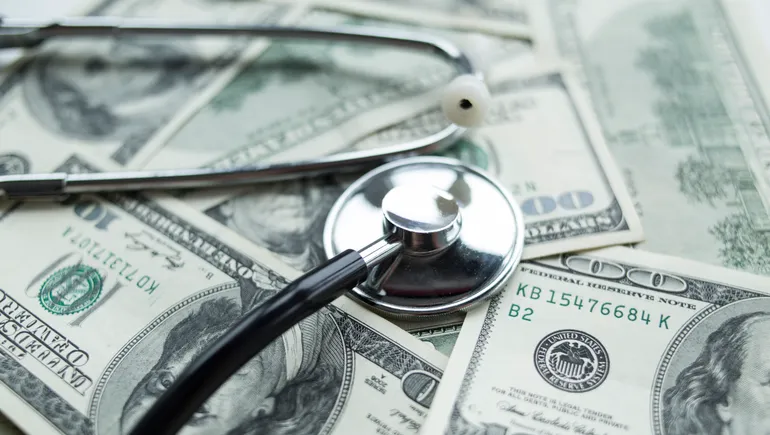Dive Brief:
- Commissioners on the Medicare Payment Advisory Commission largely supported recommendations to increase pay for physicians and other health professionals by slightly less than inflation, and establish add-on payments for services delivered to low-income enrollees.
- For 2026, the proposal would pay physicians and other clinicians caring for Medicare patients at the projected increase in the Medicare Economic Index minus one percentage point. That would increase their pay by 1.3%, and the add on safety-net reimbursement would bump the average clinician’s fee schedule payments by an additional 1.7%, MedPAC staffers said during a meeting Thursday.
- But some commissioners noted they wouldn’t support payment updates below inflation in the long term, arguing it could harm provider morale and beneficiaries’ access to quality care.
Dive Insight:
Physicians have long lobbied for increased Medicare reimbursement, saying their payments don’t cover rising costs, especially with heightened inflation.
MedPAC, which advises Congress on the Medicare program, has previously mulled tying their pay to inflation, potentially giving doctors more financial predictability and stability.
The commission also has to balance government spending and Medicare enrollees’ access to healthcare services — which could suffer if provider reimbursement isn’t sufficient to keep their doors open or continue accepting Medicare insurance.
Although access to care for patients on Medicare is as good or better than those with private insurance, low-income beneficiaries face more challenges accessing healthcare services. Eleven percent of enrollees in Medicare’s Part D low-income subsidy reported they had trouble getting needed healthcare, compared with 7.5% of all other beneficiaries, according to a MedPAC report.
The add-on payments, which would go toward care for fee-for-service Medicare beneficiaries who are also enrolled in Medicaid or the Part D subsidy, aims to improve care for those patients.
Under the proposal, first recommended by the commission in 2023, primary care clinicians caring for low-income enrollees would receive a 15% add-on to their fee schedule payment rates, while all other clinicians would receive a 5% bump.
Although commissioners largely expressed support for the add-on payments and the reimbursement bump just below the MEI, some expressed concerns that increasing pay less than inflation could spark access challenges in the long term.
Over years, it would mean less funds for the organizations where physicians work, but it also sends clinicians a negative message at a time when they already report increased burnout.
“The fee schedule is understood by physicians very personally as individuals, and no one likes to be told that their annual pay each year, indefinitely, year after year, is not going to keep up with inflation,” said Commissioner Lawrence Casalino, professor emeritus of public health at Weill Cornell Medical College. “Over time, I think that’s likely to affect the morale of physicians and other clinicians, and this can’t help but result in worse access and lower quality of care.”
And even though access to care among Medicare beneficiaries looks good compared with the privately insured population, patients still sometimes need to wait weeks before they can get an appointment, noted Commissioner Brian Miller, an associate professor of medicine at Johns Hopkins University and a nonresident fellow at the American Enterprise Institute.
Sixteen percent of Medicare beneficiaries waited more than eight weeks to have an appointment with a new specialist, according to MedPAC’s report. That could be a serious challenge for a patient managing a new cancer diagnosis or a beneficiary who needs to follow up with an orthopedic surgeon after an injury, Miller added.
Long wait times are a problem, but it’s unclear that payment rates could fix market constraints that have become a problem for any patients who need healthcare services, said Commissioner Stacie Dusetzina, professor of health policy and cancer research at Vanderbilt University Medical Center.
Plus, the commission has to keep in mind that raising provider pay would also increase cost sharing and premiums for beneficiaries, said Chair Michael Chernew, professor of healthcare policy and the director of the Healthcare Markets and Regulation Lab at Harvard Medical School.
“So when we pay more, we really have to think about what we’re getting for that,” he said. “And while I understand the desire for physicians and others to get paid more, we also have to understand that in doing that, the cost is ultimately borne by beneficiaries and taxpayers and others. And so it is a balancing act.”


